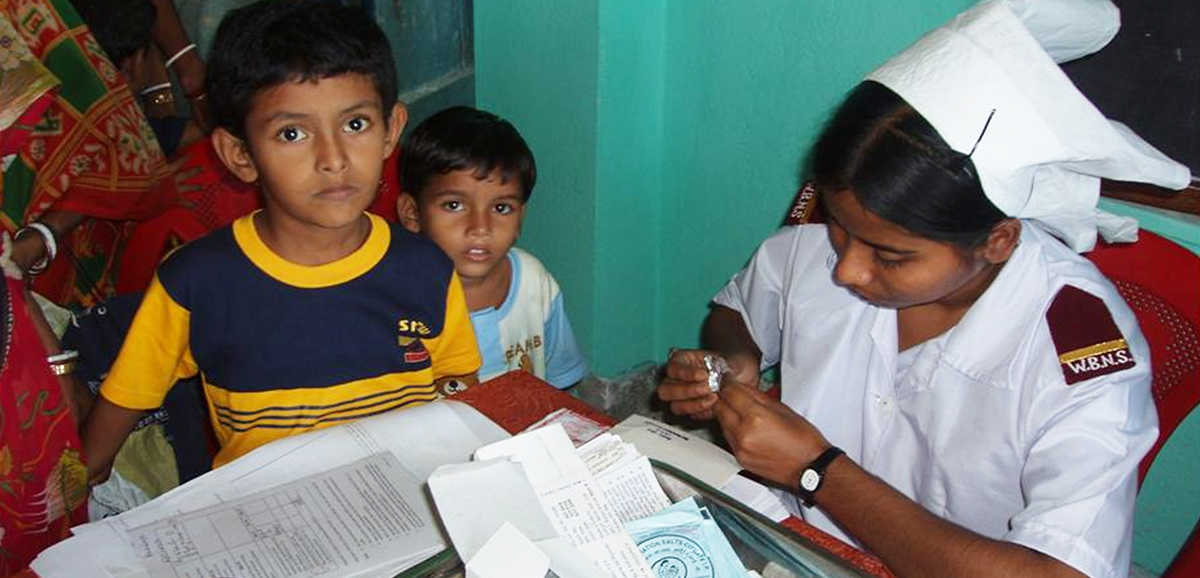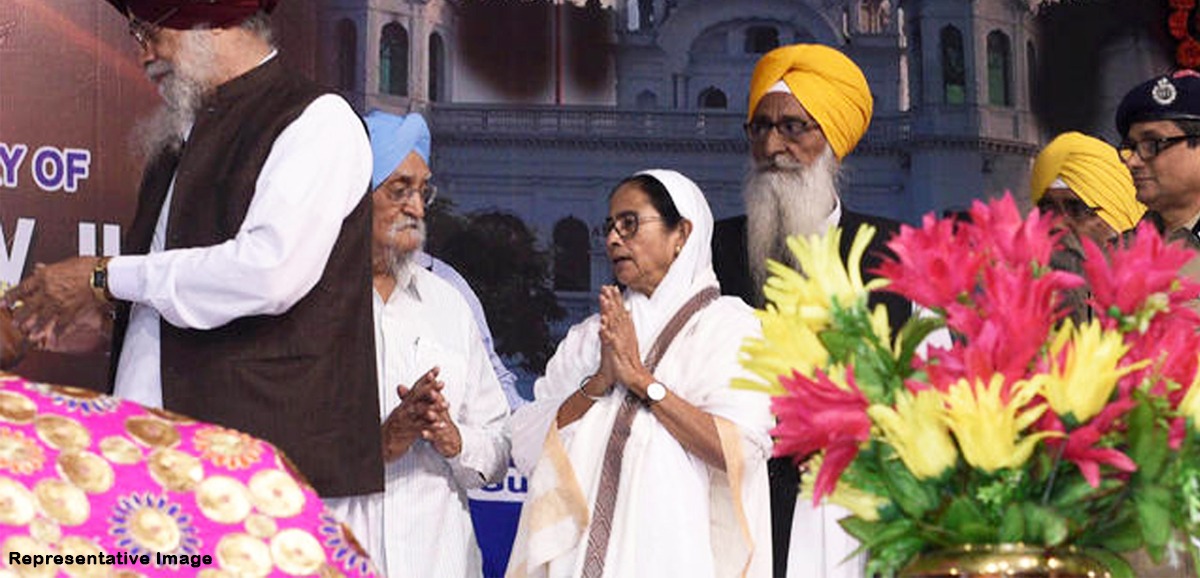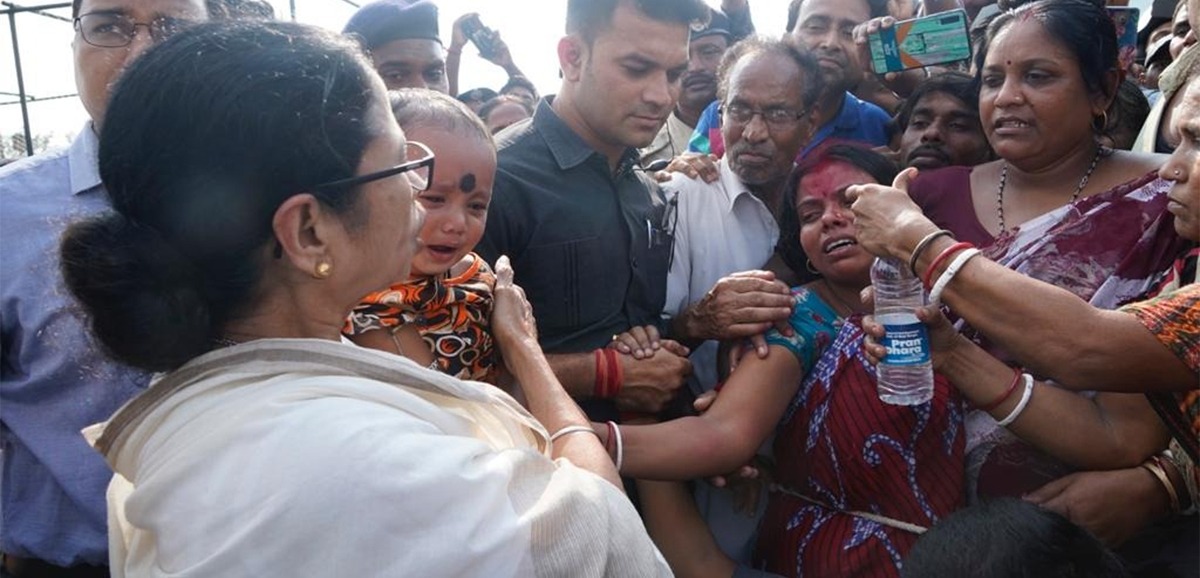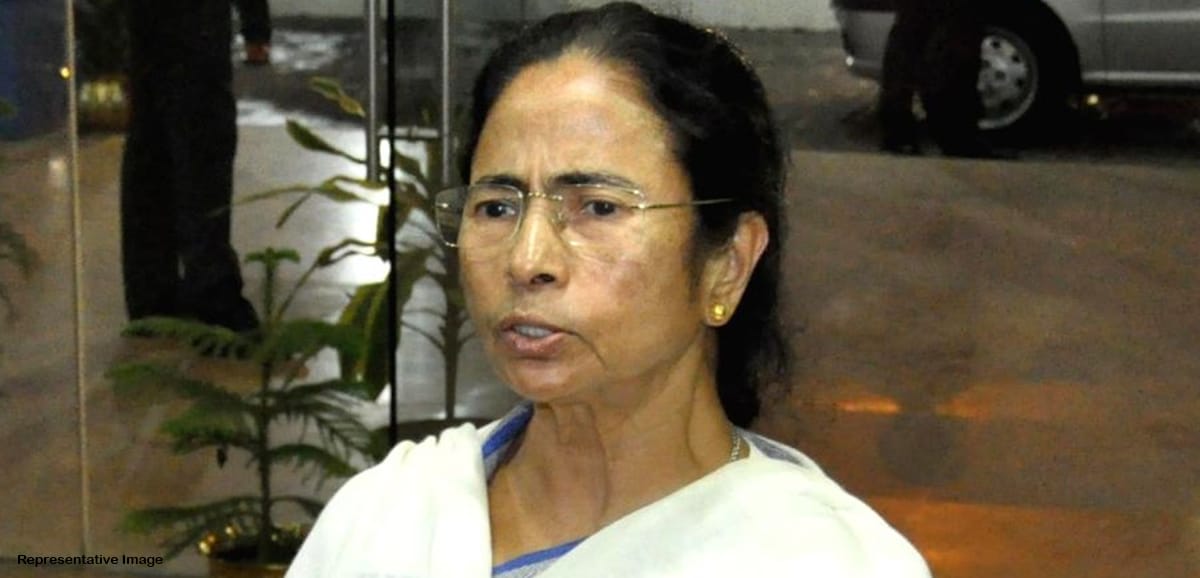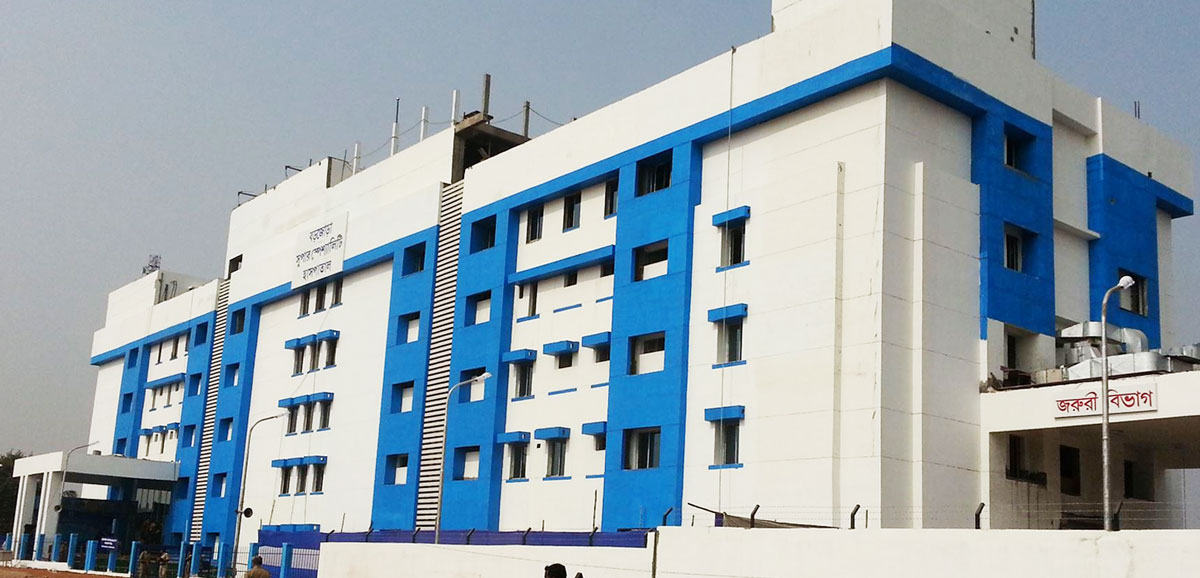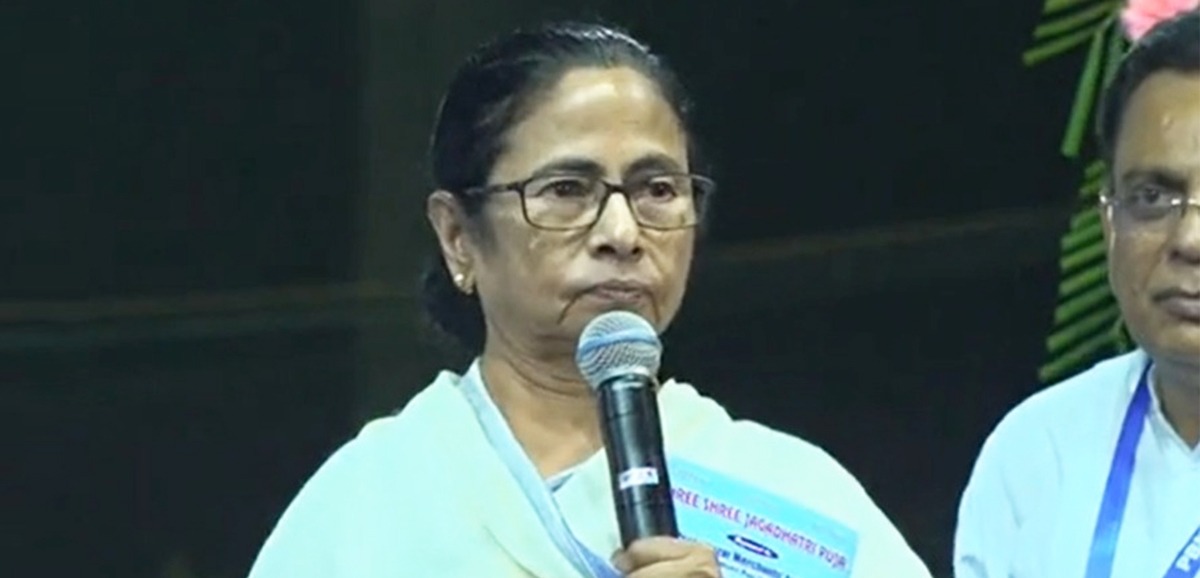A large protest meeting was held at Gandhi’s statue on Mayo Road to protest against the NRC and to ask for Bangla questions in the Joint Entrance Examination. President of Trinamool Yuva Congress and MP Abhishek Banerjee was the leading speaker.
Highlights of his speech:
We will never accept the way Bangla is being insulted. Standing here, we vow to continue fighting following the ideals of Mahatma Gandhi.
Regarding setting question in Bengali in the Joint entrance Examination, three days back, the National testing Agency said that the Bangla Government had not sent it any letter regarding this. Now I ask, when the Centre removed CRPF from Jangalmahal and Darjeeling, and when Central Government leaders come here and give inflammatory speeches, did they take our permission?
After Hindi, the largest group of speakers in the country are Bengalis. Therefore, if you set questions in Gujarati and Hindi, and keep Bangla out of the ambit, people won’t take it lying down,
Bangla has been the land of famous people. And during the election, BJP supporters broke the statue of Vidyasagar in Kolkata. Additionally, 12 lakh Bengalis were left out of the NRC of Assam.
While abrogating Article 370 in Jammu and Kashmir, the Centre had stated this would lead to less terrorism. Yet just a month after that, five workers from here were killed in cold blood in Kashmir.
Why is there so much hatred for Bangla? We had 34 MPs in the Lok Sabha earlier, now we have 22 – but the Centre would still not be able to pass the FRDI Bill.
Common people’s money is not safe any longer even in banks. Therefore, in homes there is fear of ‘chors’while in banks there is the dear of the ‘chowkidar’.
We respect all languages. But Bengali must never be insulted too. This protest against the one-sided decision of not making questions in Bengali too will continue. If required, we will take Bangla’s rights from Delhi by force.
In the World Hunger Index, India’s rank is 102, out of 117 countries. Even Bangladesh and Nepal are ahead.
NCRB data says Bangla has a very low crime rate. Calcutta University and Jadavpur University are the top two State Government universities, according to a Centre-recognised report. These have been possible only because of Mamata Banerjee. She brought Bangla out of the cycle of violence.
The Centre is not even permitting the change in the State’s name. Of course, those who do not understand Bengali, how will they understand Bengalis’ sentiments? This is the land of Netaji, Rammohan Roy, Vidyasagar and Sri Ramakrishna.
Even after getting 40 per cent votes in the Lok Sabha election, nobody can see their MPs here. One cannot become a ‘chowkidar’ by just writing the word beside the name. Mamata Banerjee is the only hope of the people here.
Today the Opposition here is silent. Mamata Banerjee cancelled her north Bengal tour to be beside the people during their time of need. She toured the affected areas and met the people.
There is a big difference between Mamata Banerjee and other chief ministers. She still lived in a small house. She was in the control room at Nabanna the whole night.
Of the 19 lakh people left out of the NRC in Assam, 12 lakh are Bengalis. If it wants, Bangla can shake up the throne of Delhi. The time for that has come.


